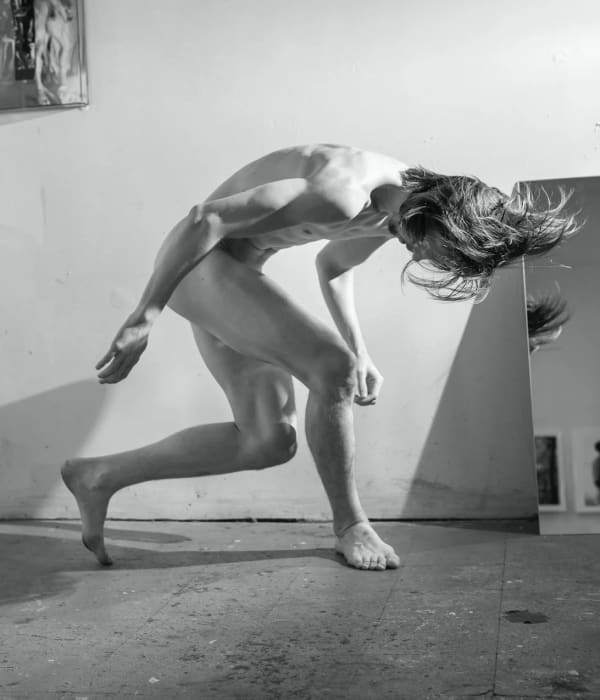“My whole theory about art is the disparity that exists between form, masses, and movement.”
Alexander Calder (Lawnton, Pennsylvania, 1898—New York, New York, 1976) is best known for his delicate abstract sculptures, known as mobiles, which, distinguished by the ability to move in space, revolutionized the formerly static medium. Born into an artistic family, Calder first obtained a degree in mechanical engineering before studying at the Art Students League in New York. While there, the artist worked for the National Police Gazette in a freelance capacity, illustrating sporting events as well as circuses, the latter of which was a subject that would captivate him for the rest of his artistic career. After visiting Piet Mondrian’s studio in Paris, the artist was inspired by nonobjective and geometric art, and in 1931 he created his first mobile, a term coined by Marcel Duchamp as a French pun for the word meaning both “motion” and “motive.” While he initially utilized motors for movement, Calder later relied on air, wind, and human interaction to activate his sculptures. He simultaneously created what Jean Arp referred to as “stabiles,” which were static. These works, initially small, took on monumental proportions upon Calder’s receipt of numerous public commissions. Never limited by medium, the artist also created paintings, prints, theater set designs, tapestries, rugs, and political posters.





